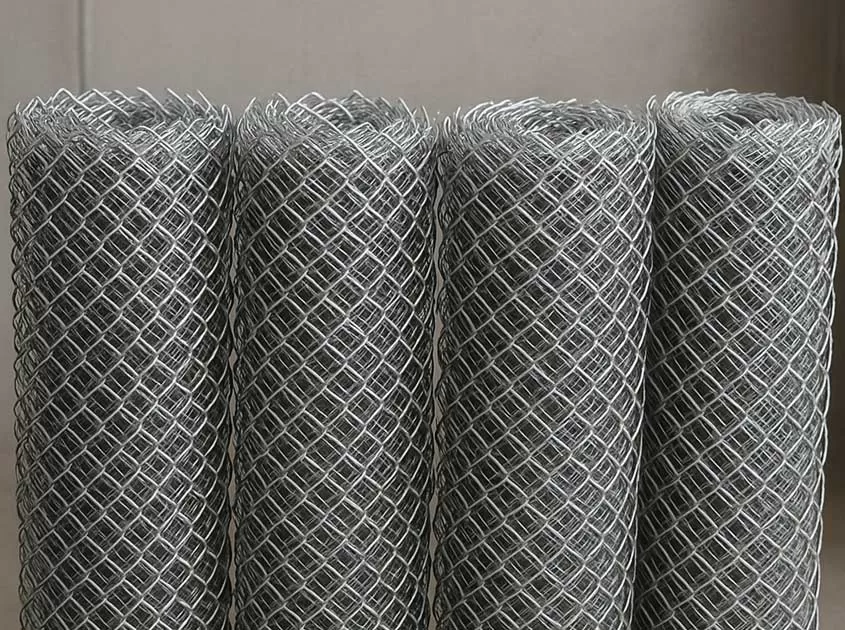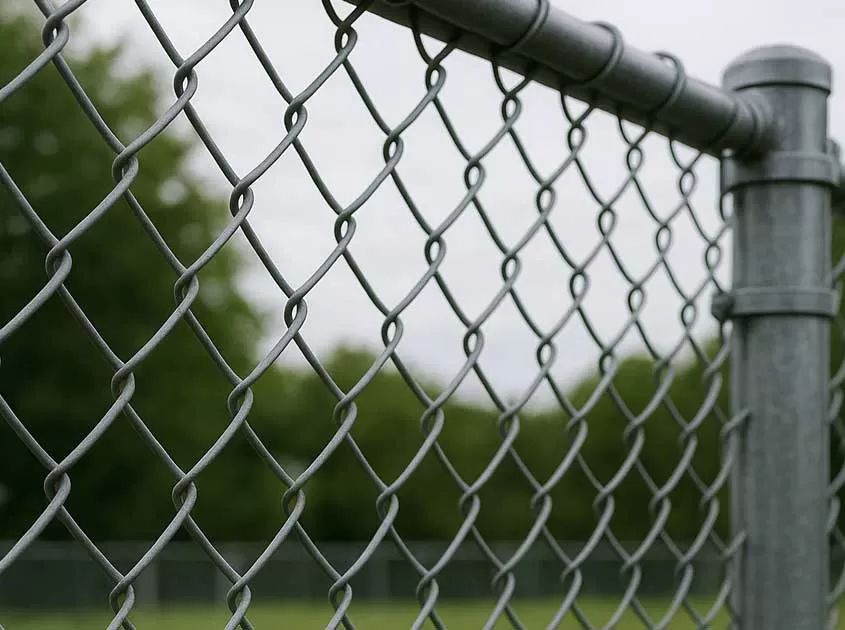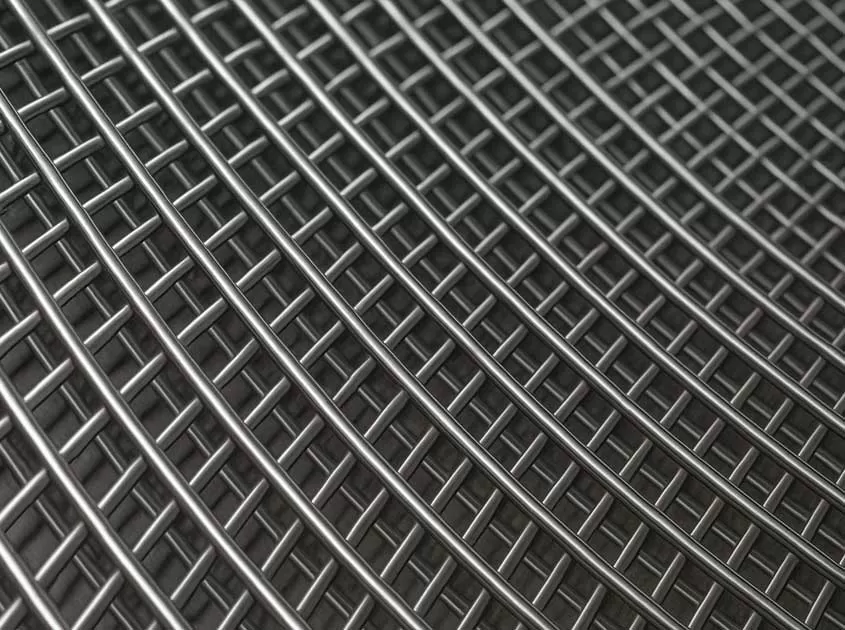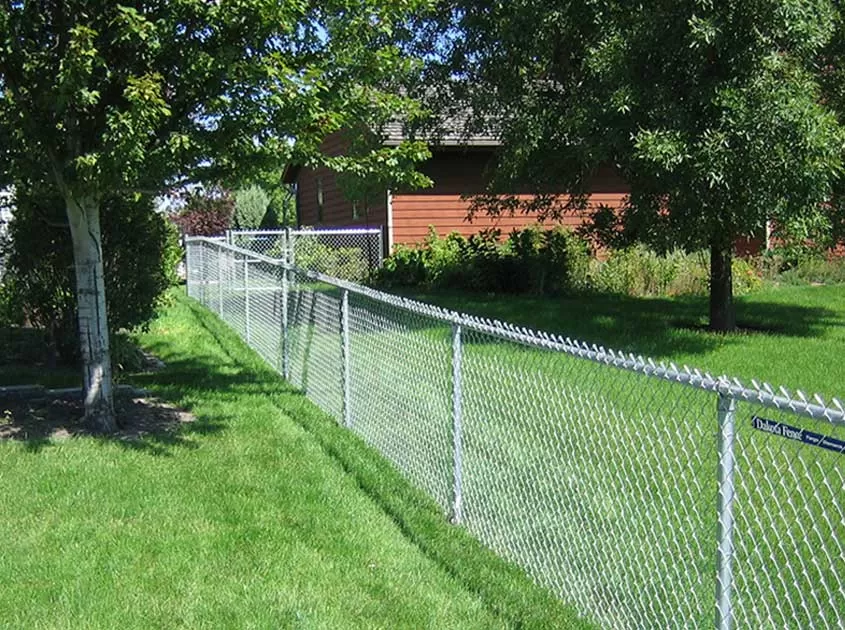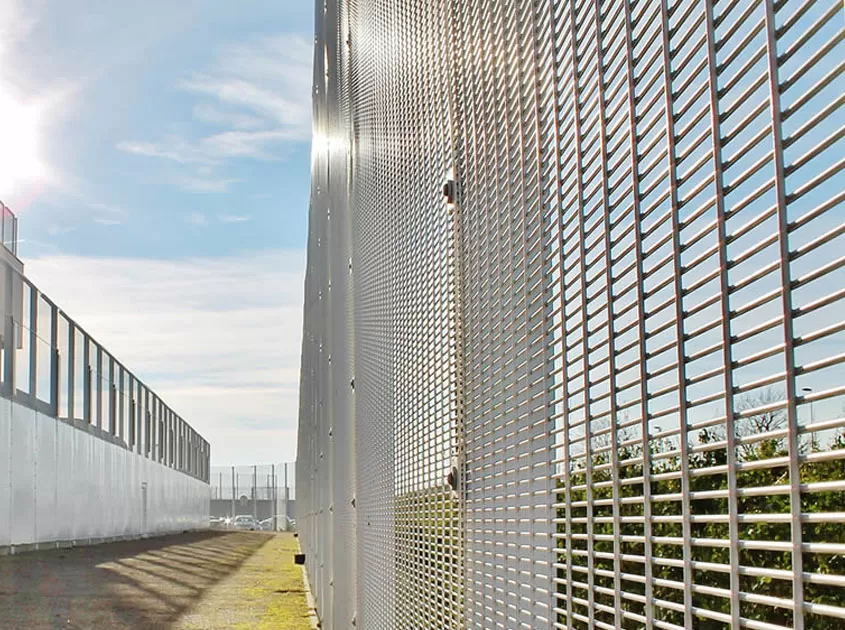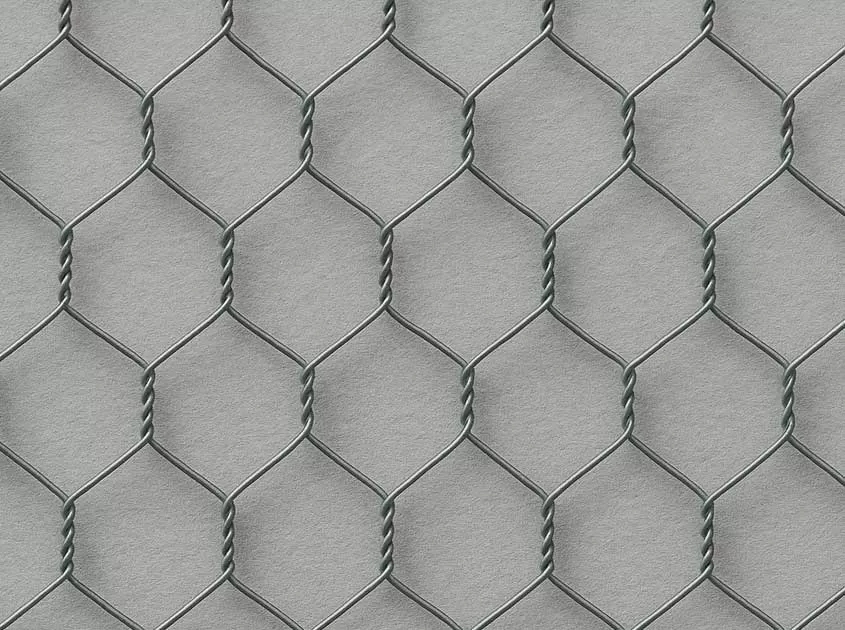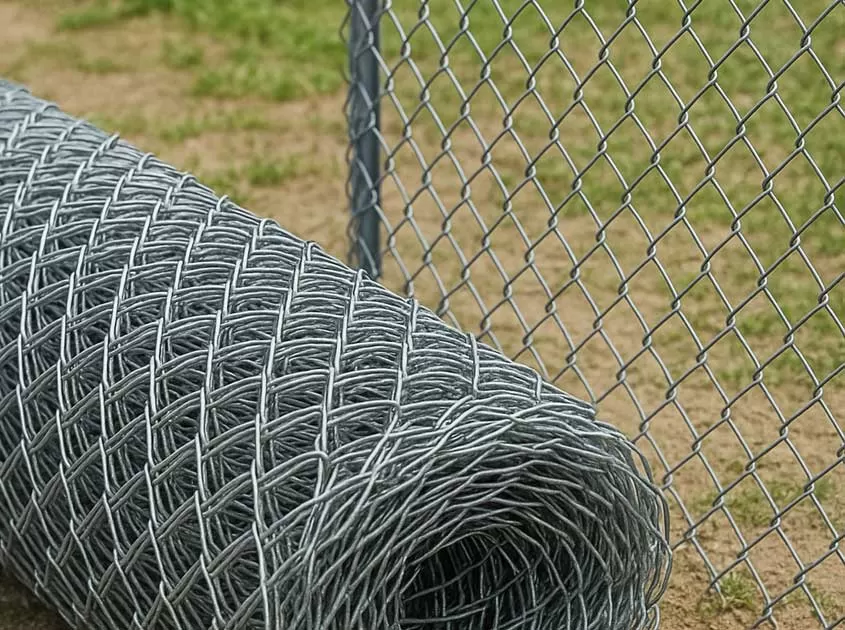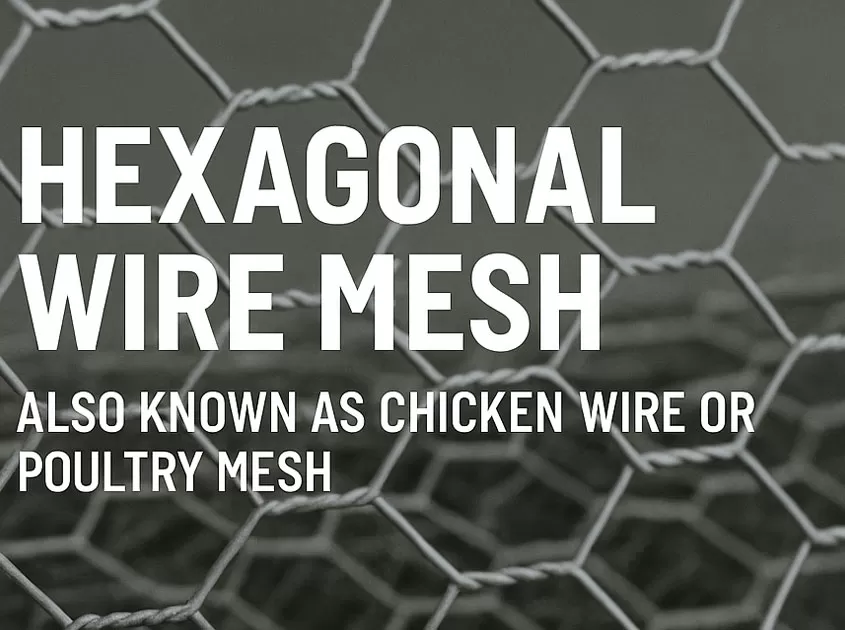The Environmental Impact of Galvanized Iron Wire Production
Galvanized Iron Wire, a common material used in various industries, has long been valued for its durability and corrosion resistance. However, the production of this versatile material raises important questions about its environmental impact. In an age of increasing environmental consciousness, it's crucial to explore the environmental footprint of Galvanized Iron Wire and seek ways to minimize its impact.
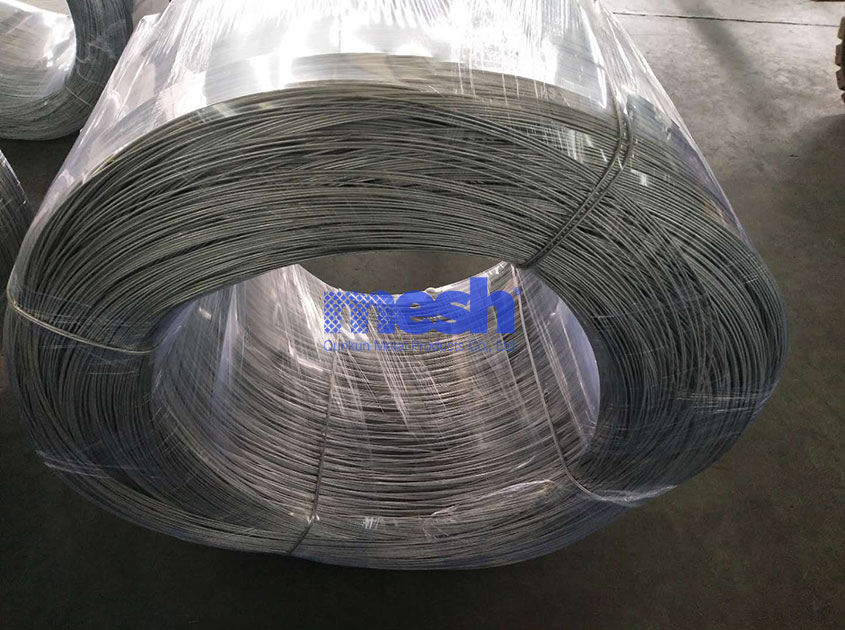
Understanding Galvanized Iron Wire
Galvanized Iron Wire, as the name suggests, is iron or steel wire that has been coated with a layer of zinc through a process called galvanization. This coating enhances the wire's resistance to corrosion, making it a popular choice for applications that require durability in harsh conditions. From construction to fencing, automotive to manufacturing, Galvanized Iron Wire finds widespread use in a range of industries.
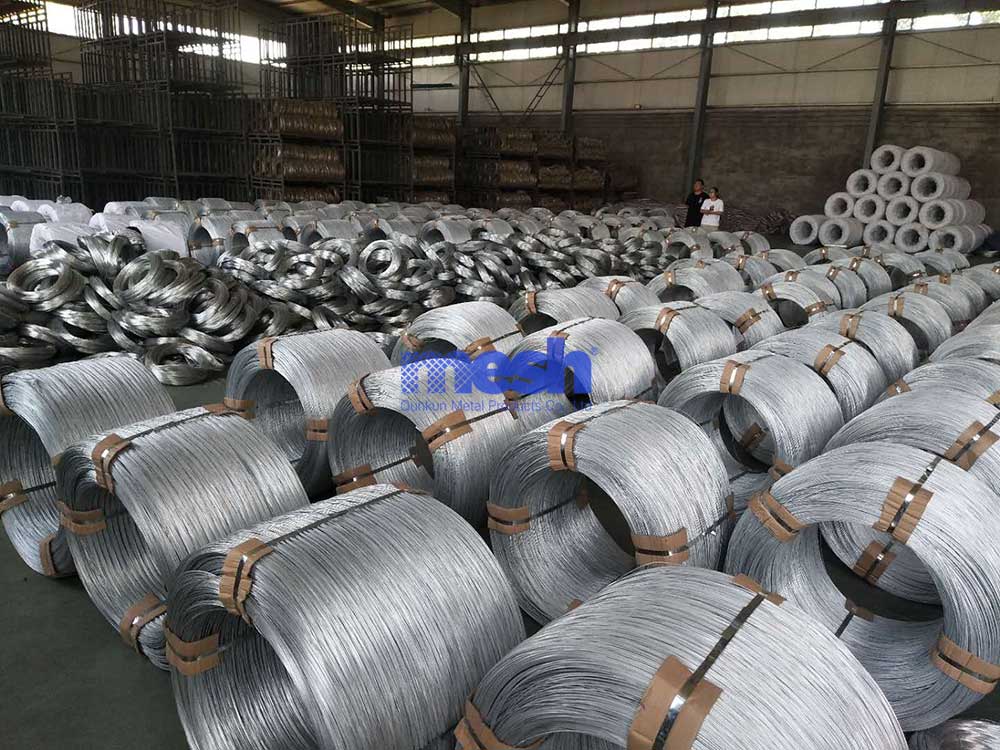
The Environmental Concerns
While Galvanized Iron Wire offers numerous benefits, its production is not without environmental consequences. Here are some key concerns:
Energy Consumption: The galvanization process typically involves high-temperature heating, which consumes significant amounts of energy. The extraction and processing of zinc also require energy, contributing to greenhouse gas emissions.
Resource Depletion: Zinc is a finite resource, and its extraction from the Earth can lead to habitat disruption and ecosystem damage. Additionally, the mining and refining of zinc ore can result in soil and water pollution.
Water Usage and Pollution: Galvanized Iron Wire production often involves the use of water for cooling and cleaning processes. Improper water management can lead to water scarcity and pollution, affecting aquatic ecosystems.
Chemical Emissions: Galvanization may involve the use of chemicals, including acids and fluxes, which can pose risks to workers' health and the environment if not handled and disposed of properly.
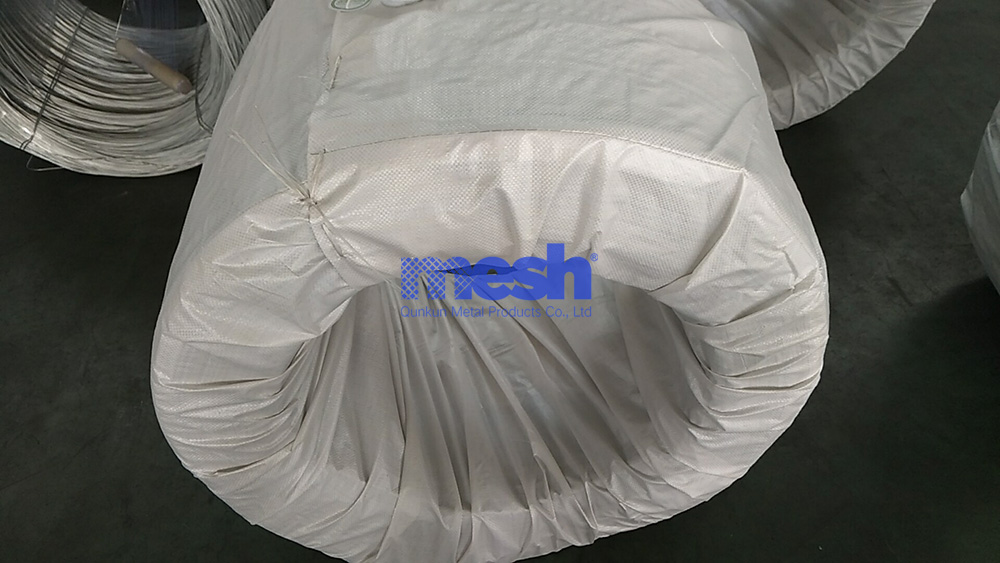
Galvanized Iron Wire remains a vital material in numerous industries due to its durability and corrosion resistance. However, its production does have environmental consequences that need to be addressed. As society becomes increasingly environmentally conscious, it is imperative that manufacturers, policymakers, and consumers work together to find sustainable solutions that balance the utility of Galvanized Iron Wire with the responsibility to protect our planet. By embracing cleaner technologies, recycling, and responsible sourcing, we can reduce the environmental impact of this valuable material and move towards a more sustainable future.
-
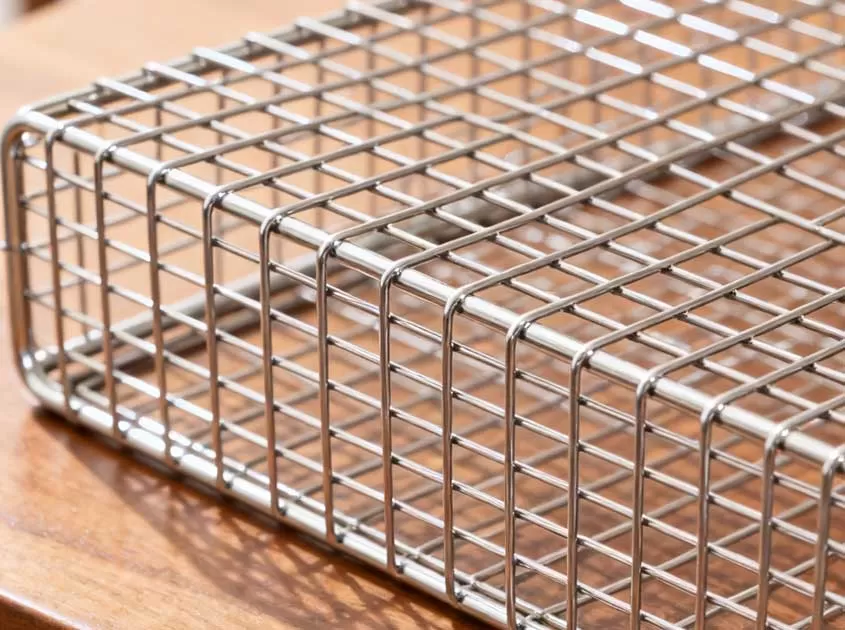 Corrosion-Resistant Stainless Steel Wire Mesh Oct 28, 2025
Corrosion-Resistant Stainless Steel Wire Mesh Oct 28, 2025

- Tel.: +86 311 83077076
- E-mail: sales@qunkunmetal.com
- Skype: qunkunsales01
- WhatsApp: 8618032412189
- Add.: No.69 The Filter Industrial Part of Anping, Hebei, China




